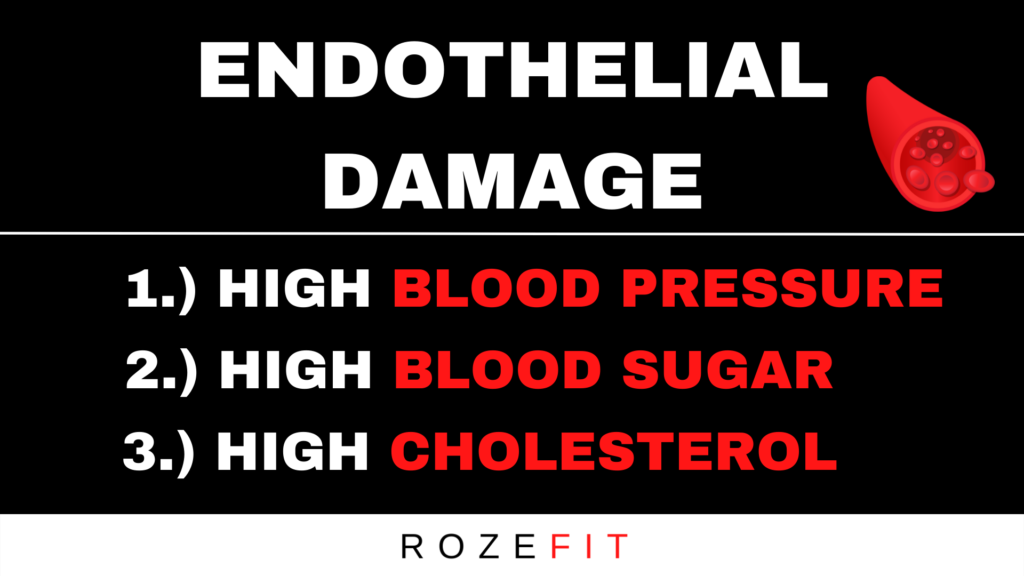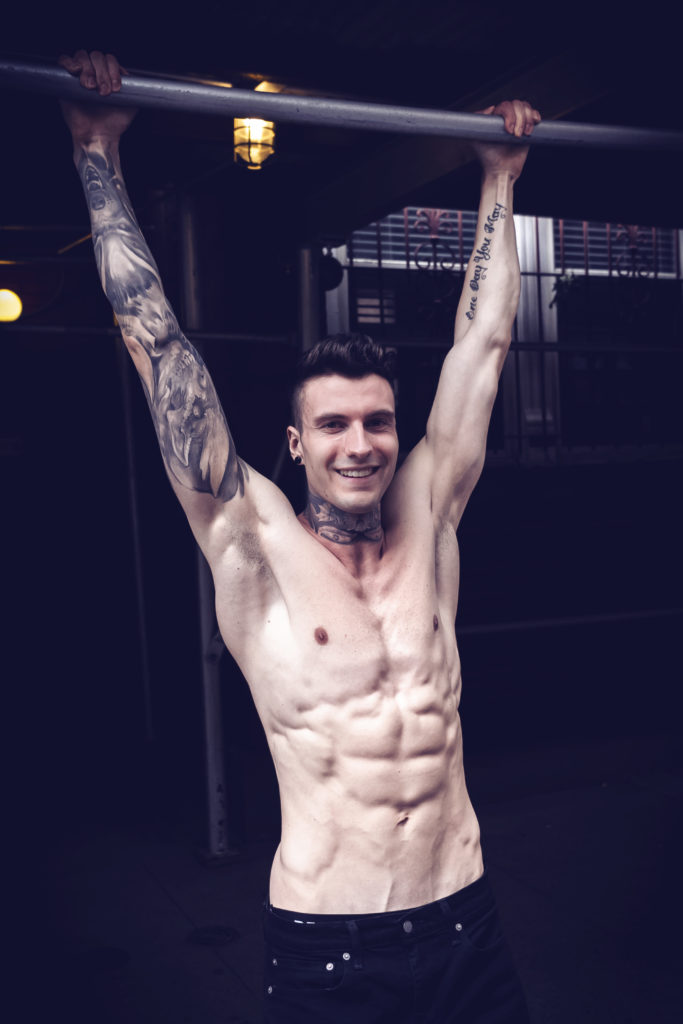Most of the articles I write center around the strategies I implement with my clients that are hitting their middle-aged years and want to get healthy again.
And at the time of writing this, it’s no secret that I am not 50 years old.
So I wanted to give you some insight into how I stay healthy & fit even though I have not hit my middle aged years.
I’ll explain the exact framework I use to approach my lifestyle as it relates to health and how it relates to my coaching philosophy.
Long Term View

At the time of writing this, I am 28 years old.
Far from what you would consider being middle-aged.
However, although I am still more than a decade from being middle-aged, I am actively taking a long-term view as it relates to my health.
When it comes to health, you need to think not just weeks ahead but years ahead.
The most significant risk factor for mortality is in fact – simply being alive.
That is – aging.
No matter what we do to try to stop it, each day you will wake up a day older, and your risk for mortality will increase there on.
I don’t say this to come off nihilistic but rather to stress the urgency to planning ahead if you want to live a long, healthy life free of disease.
While it is inevitable that you will get older and you will one day die, it says nothing about the quality of your life as you enter your final decade of life.
I don’t know about you, but when I am 80 years old, I want to be able to do most of the things I do today in my late 20’s.
And with that comes the urgent need to prepare now.
So ultimately, that’s why I care about all of this stuff I write about.
In fact, my entire career is centered around improving the metabolic health of my clients through diet and exercise so that they can live a long, fruitful life until they leave this planet like we all eventually will.
Framework for Optimal Health & Longevity
Our risk for disease increases each day that we are alive.
And specifically, there are 3 major forms of disease that are most strongly associated with mortality.
1.) Cardiovascular disease
2.) Neurodegenerative disease
3.) Cancer
My entire health framework centers around reducing my risk for these big three diseases.
And while there is no guarantee that I will escape them in my lifetime, it is unambiguous that my lifestyle choices will have a direct impact on the probability of succumbing to them.
If these are the leading causes of death, the next question is – how am I going to prevent them?
Prevention Strategies
The great news is, most of the prevention strategies I implement cover more than just one of the aforementioned disease processes.
There is carryover between each strategy as it relates to each disease.
If I want to live a long healthy life and be able to do the things I do today in my twenties, I need specific strategies to prevent those major roadblock diseases.
Cardiovascular Disease Prevention

Cardiovascular disease is the leading cause of death.
In fact, everybody will die with some evidence of atherosclerotic cardiovascular disease.
But not necessarily FROM it.
This is a big distinction.
Again, going back to the aging process.
Damage will happen regardless of how much you do to prevent it.
But how much damage occurs will determine your outcome.
My strategy is to prevent as much damage as possible.
If you don’t know what causes heart disease, read this article I wrote.
But in sum, it is the result of a cascading inflammatory process that damages the endothelial lining of your arteries and ultimately leads to an ischemic event that occludes blood flow and causes system-wide organ damage.

The bottom line is that the inflammatory process begins when cholesterol ends up in places where it should not and ultimately causes damage to your arteries.
To prevent this, we have wonderful drugs called statins which help clear cholesterol and prevent over-synthesis.
However, the other best medicine is exercise.
Specifically cardiovascular exercise.
And that’s why I follow a strict cardio program.
I perform 60 minutes of low-intensity cardio 3 times per week.
This keeps my blood pressure and blood lipids in check and has the greatest impact on my cardiovascular risk.
You can learn more about that in this article.
Preventing Neurodegenerative Disease

Another huge risk factor of aging.
Alzheimer’s hits high on this list.
And by far, one of the best ways to prevent neurodegenerative disease is with exercise and sleep.
My strategy for preventing neurodegenerative disease is simple.
I get a mandatory 8 hours of sleep each night, perform cardiovascular exercise, and strength train.
Sleep expert Mathew Walker discusses the importance of sleep at length and his work has proven how much of an impact sleep has on the risk of developing neurodegenerative diseases.
You don’t need to get fancy with your strategy.
You need to get consistent.
My clients are always amazed at how simple my strategies are, yet where they often fall short is their commitment.
I keep my brain healthy specifically by performing 3 days of zone 2 cardio and 4 days of full body strength training.
Cancer Prevention

If you haven’t noticed by now, the key to preventing these diseases really comes down to movement, sleep, and diet.
Preventing cancer is no different.
I reduce my cancer risk through cardiovascular exercise, strength training, and blood sugar monitoring.
There is a strong association between cancer risk and elevated glucose levels.
High blood sugar levels and insulin resistance are significant catalysts when it comes to your cancer risk.
Keep your blood sugar levels in check and your risk for cancer decreases.
I keep track of my blood glucose levels using a CGM.

This gives me real-time feedback on glucose levels and I can modulate my eating behavior to stay within a specific range.
The great thing about strength training and cardio is that it increases your insulin sensitivity.
This is awesome because it allows me to eat more carbohydrates than most people, and it doesn’t have a negative impact on my glucose levels.
It’s a hack of sorts when it comes to enjoying higher carb meals without the negative metabolic effects caused by glucose spikes.
Blood sugar also plays a role in cardiovascular disease and neurodegeneration as well, so it is critical to monitor it.
You can learn more about blood sugar in this video.
Accountability is Everything!

No matter where you are on your health and fitness journey, it always helps to have a little guidance.
You can learn more about my coaching opportunities here and you can also email me any questions you have.
jakob@rozefit.com
I’m passionate about helping people improve their health and fitness and live a long healthy life.
I look forward to hearing from you!

